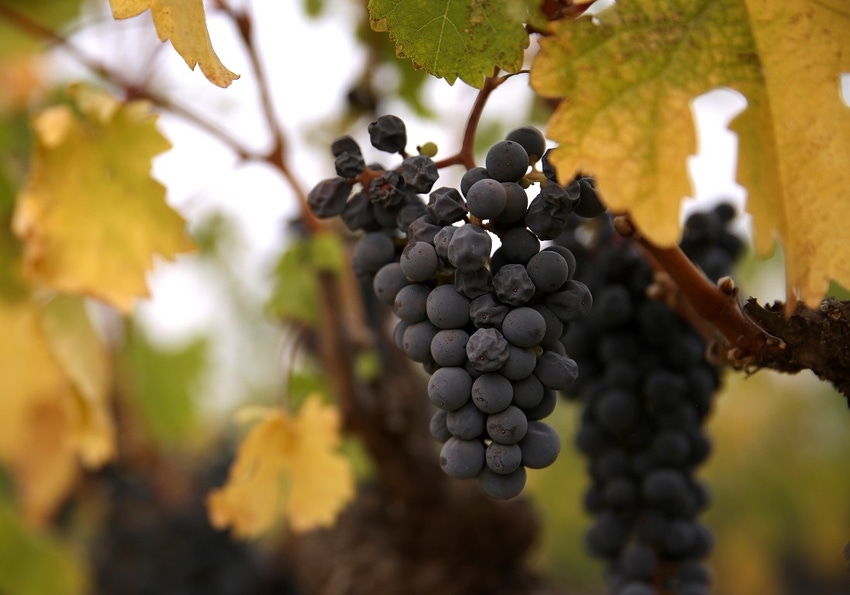
California wine grape leader Nat DiBuduo’s ear has been glued to his cell phone amid intermittent service tied to destructive wildfires as he works to meet the needs of growers in the five-county North Coast area.
A single message ringing clear to DiBuduo, president of the Allied Grape Growers cooperative based at Fresno, is the destruction will have a major impact for years to come on the region’s famed wine grape industry – including its growers, farmworkers, wineries, and their North Coast communities.
“I don’t think this is something they will recover from in a week, month, or a year,” DiBuduo said Tuesday night, Oct. 10 as fires continued to burn.
“I’ve talked with family members who lost their house and all their belongings. From what I’ve heard, the damage done will have short-and-long-term effects on the wine grape industry, including the workforce there.”
Harvest nears completion
As the fires continued Wednesday, the grape industry worked hard to save remaining fruit on the vines. DiBuduo estimated the 2017 North Coast wine grape harvest was about 75 percent to 80 percent complete.
Fruit still hanging on vines in early October were high value grape varieties including some Cabernet Sauvignon, Zinfandel, Petit Syrah, and Merlot, according to DiBuduo.
Among the many people DiBuduo checked with by phone Monday included Allied’s North Coast grower relations manager Chad Clark who had a short night at his family’s home in Santa Rosa. He was abruptly awakened at 2 a.m. by a bullhorn or loud speakers on his street mandating a mandatory evacuation. Thirty minutes later, Clark and his pregnant wife left their home.
Hand-in-hand
DiBuduo discussed efforts by the grape industry to pick remaining grapes. Workers have been hampered getting to work as some roads were closed. They couldn’t get picked fruit delivered to some wineries. And, some wineries lacked electrical power to crush grapes.
“I talked with one winery in the St. Helena area that lost power and was concerned about getting electricity to their chillers to ferment the grapes.”
As DiBuduo discussed the winery’s status, he received a text saying emergency generators were producing power to continue fermentation. He said some wineries located from Sonoma to St. Helena had shut down due to the lack of power.
“The grapes will wait for a day or two,” DiBuduo said.
One winery rerouted some grape loads to another one of its facilities in the Lodi area.
Geographically, the North Coast fires have burned from the west in the Sonoma area around the 101 Highway eastward to Napa; and from the north in the Redwood Valley around Ukia southward to Suisun City.
Million-dollar question
The big question the industry now faces is what impact could related smoke from the fires have on grapes still hanging on the vines – smoke taint – that’s the “million dollar” question, says DiBuduo.
“The growers’ position is we don’t know. We’re hoping there is a question on whether there is smoke taint and what effect it has on wine. I’m sure many growers will take the position that the jury is out on this.”
DiBuduo believes some wineries will test for smoke taint, and how long a grape bunch needs to be in a smoke environment to possibly get smoke taint.
“The question is if it sits in a smoke environment for two hours or 24 hours. Once the smoke blows elsewhere, did the smoke soak into the fruit or the vine? The jury is out as far as I’m concerned.”
AGG has about 450 grape grower members across California with about a quarter of those located on the North Coast.
About the Author(s)
You May Also Like






